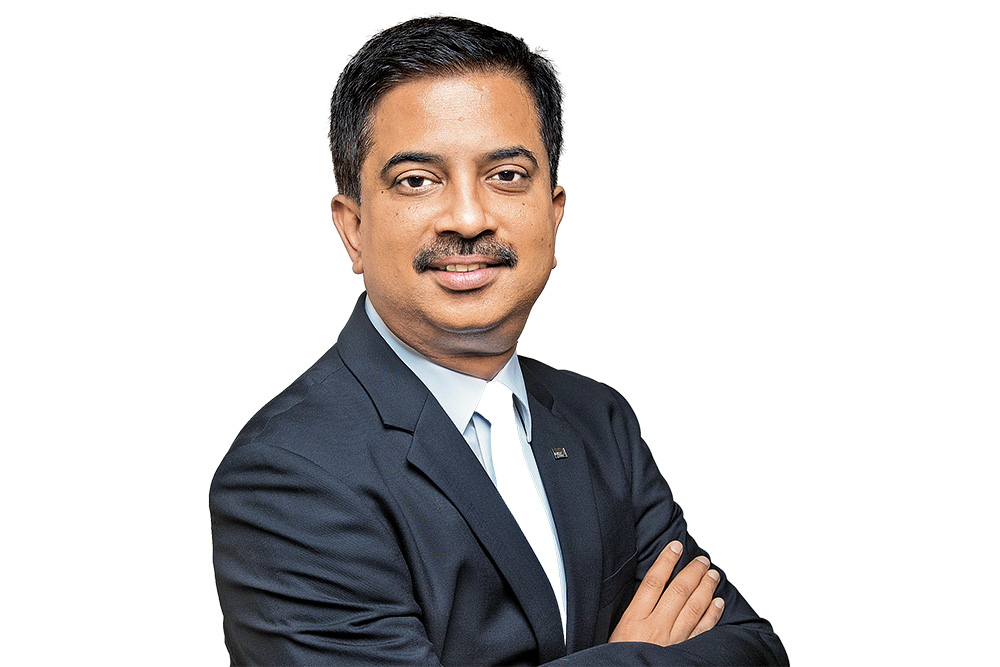When India became a republic in 1950, the average life expectancy was 35.21 years, in 2022 it stood at 70.19 and by 2100 it will become 81.96 years, according to UN estimates. Taking 2022 numbers from a financial perspective, the average life can be divided in three phases—early phase, accumulation phase and the transition phase.
The early phase refers to the years of growing up, getting formal education and early years of job (10-28 years). The accumulation of wealth phase (28-58 years) is when we excel at our work, change jobs for a better standard of living, earn, spend, save and invest. The transition phase is when there are no earnings, but only expenses (from 59 till death).
The most critical question in the third phase is whether the money will outlive us or we will outlive it. The planning for third phase must start in the second phase. The second phase decides whether the golden years of retirement will be a boon or bane. One of the biggest myths of the third phase is the notion that expenses reduce. As a matter of fact, most retirement plans do not include the medical expenses which come along unannounced.
Of late, many people seem to be following the financial independence, retire early (FIRE) plan, because they want to retire far earlier. They take a path of savings and investing in inflation-beating products offering a corpus better than what traditional investment products would permit them to do.
India ranks 41 (44) in the Global Pension Index survey 2022 by Mercer CFS. India had an overall index value of 44.4 in 2022, up from 43.3 in 2021 but lower than 45.7 for 2020.
The penetration of private pension plans remains low in India and with more than 95 per cent of the total workforce being in the unorganised sector, and the new tax regime expected to be the default regime in the future, it is important that investors take control of their finances and do not depend much on the subsidies or the tax exemptions offered.
Choose Mutual Fund as retirement vehicle
It’s important to be aware and start investing as early as possible. Incidentally, most investors confuse insurance as investment. While term insurance is important, but beyond that one must look at investment and not insurance. Mutual funds can help solve this conundrum.
It’s an established fact that in the long term, equity creates wealth; however, a consistent participation to this asset class remains a challenge. Investors flirt with equities during bull runs and desert them during bearish phases, though they should be doing exactly the opposite of it.
Mutual funds can help address this issue with their best product offerings, popularly known as the systematic investment plans (SIPs). A 20-30-year SIP investment in equity mutual funds will give you these three benefits:
- Regular participation irrespective of market conditions
- Power of compounding
- Tax benefits (in case of equity linked saving scheme or ELSS).
At the end of this accumulation phase, you should be able to achieve a decent corpus. After this, one can go for systematic withdrawal plan depending on the planned expenses and the remainder continues to remain invested and gets compounded with time.
Remember that with every passing decade, the average age will increase and so will the need for strong financial support.
Swarup Mohanty, Director & CEO, Mirae Asset Investment Managers (India)







